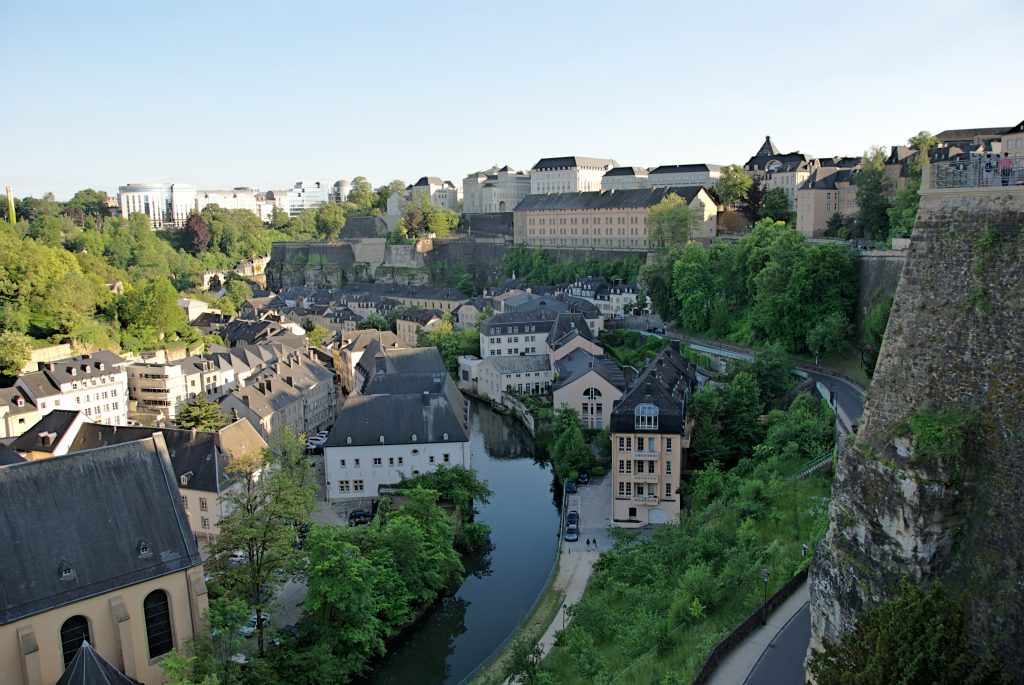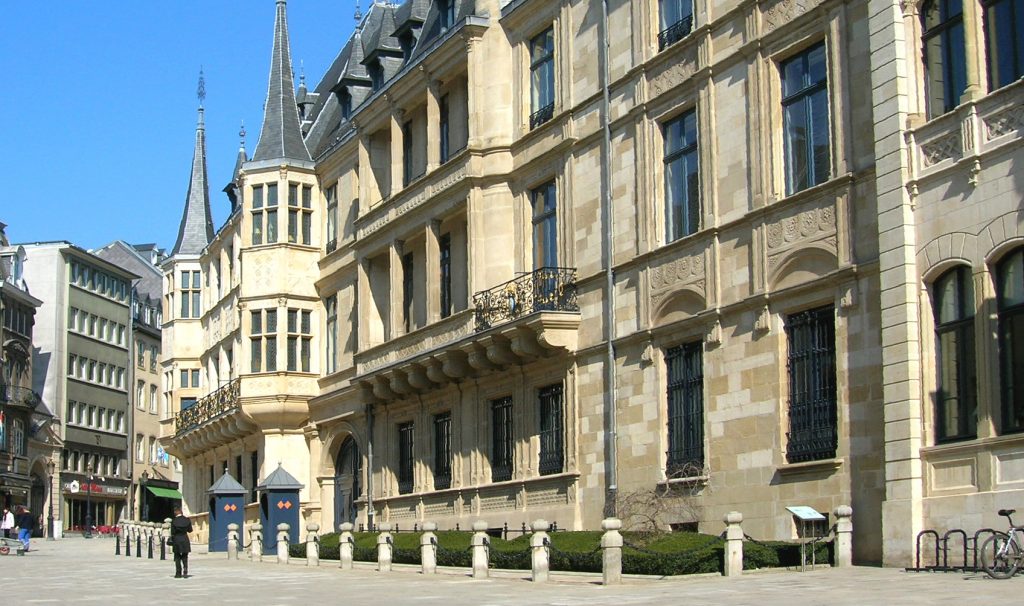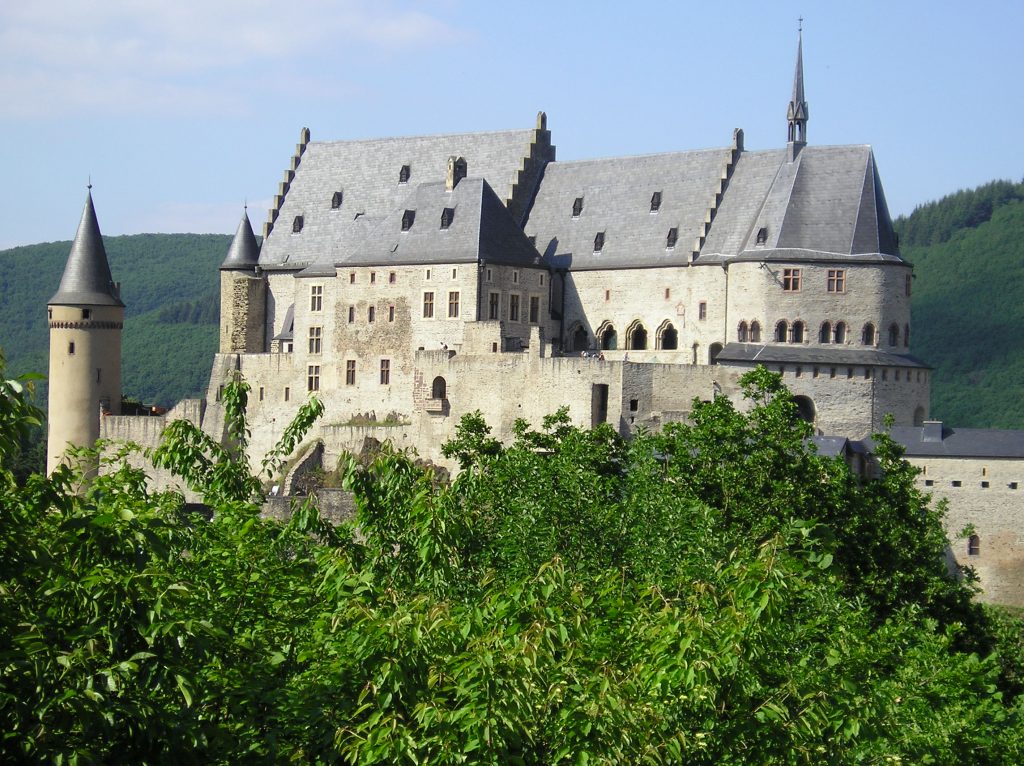DSN 2018 is taking place in Luxembourg City, Luxembourg, and we look forward to welcoming you here. Luxembourg (Lëtzebuerg) is a small, friendly country bordering France, Germany and Belgium, and in many respects it is something of a hidden treasure – many people travel through it on their way to other destinations, but few know just how much it has to offer. Here we give a brief overview, and on the page ‘Exploring Luxembourg’ we will give you a taste of the many things there are to do here.
Luxembourg has three official languages (Luxembourgish, French and German), and most people also speak English.
Luxembourg occupies just 2,586.4 square kilometres, and has a population of 576,000. However, during the day its population nearly doubles with the number of commuters.
Despite its size, Luxembourg boasts a startling varied, fairy tale landscape, from the vinyards of the Moselle region (don’t miss the chance to savor the country’s renowned wines) to the rocky trails of La Petite Suisse. It is mostly rural, with one small city, Luxembourg, several towns, and many charming villages.
As a country, Luxembourg is very proud of its heritage (its national motto, “Mir wëlle bleiwe wat mir sinn”, means “We want to remain what we are”), but also forward looking. From the 1900s to 1960s it was one of the world’s leading producers of high-quality steel, and since then it has become a European financial capital and is also home to one of the world’s leading satellite operators.
The City
Luxembourg City (sometimes called the ‘Gibraltar of the North’ thanks to its vast fortifications standing on an enormous rock) is a charming European capital of pleasant squares, stunning views, great museums and centuries old architecture. Its picturesque, maze-like old quarter is on the UNESCO World Heritage List.
It is easy to navigate by foot, and here are some of our ‘must dos and sees’.
Grund
This is the lower old town on the banks of the Alzette River and is really a village within a city. As well as being very picturesque, home to Neumünster Abbey, it is also a popular area for nightlife.

Upper Old Town
The place d’armes, place Guillaume II and Grand Ducal Palace

Chemin de la Corniche
A route running along the ramparts looking over the Alzette valley, described as ‘the most beautiful balcony in Europe’ by Batty Weber.

The Bock and Pétrusse casemates
These 23-kilometre long underground tunnels, built in 1644 as part of the city’s defences, are a UNESCO World Heritage site.

The Grand Duke Jean Museum of Modern Art (MUDAM)
Wonderful architecture and everchanging exhibitions.

Further afield
Luxembourg is small and easy to travel by car and bus. There are far too many places of interest to list here, but the highlights include:
Mullerthal valley
This rocky valley sits at the heart of Luxembourg’s ‘Petite Suisse’ and is a must see for all hikers and walkers.

Bourscheid and Vianden Castles
Luxembourg is famed for its many castles, and these two (both of which were greatly admired by Victor Hugo) are particularly fine examples, set in majestic scenery.

Echternach
As Luxembourg’s oldest town, Echternach has no shortage of stunning historical sights, including city walls dating from the 14th century, a 13th century gothic house, a medieval market square, a Roman Villa, and much more.




